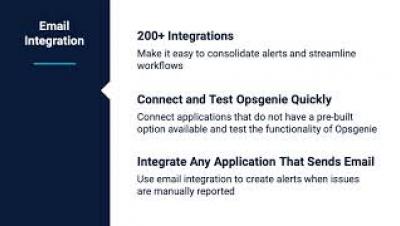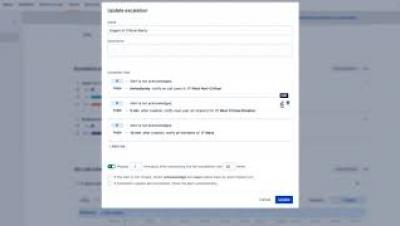Operations | Monitoring | ITSM | DevOps | Cloud
Alerting
Quick Set up: Getting Started in Opsgenie
Using Routing Rules in Opsgenie
Rein in Your Incidents: Incidents and Alerts Foundations
Solving incidents is hard. Depending on your current situation, you may also be losing a lot of time figuring out what notifications constitute an incident. This results in more and more lost time as every notification must be triaged as a potential incident before you can proceed to move to resolve or disregard (as a non-incident). All this may sound very cumbersome, but the fastest way to improve is to learn and define what incidents are. And you’re in luck!
NOC vs SOC: Which is more important?
Your enterprise likely has a network operations center (NOC) and a security operations center (SOC), both of which play an important role in your day-to-day operations. But, what differentiates your NOC from your SOC? To find out, let’s answer some of the key questions surrounding NOC vs.SOC.
On-Call Scheduling: Building a Winning On-Call Schedule for Your Team
On-call scheduling enables 24/7/365 availability of service providers for critical issues like system downtime, technician response for critical systems, and patient care. Learn about the importance of on-call schedules for your organization and its customers, how to design an on-call schedule, and multiple ways you can build an on-call scheduling program that will improve customer response and make staff happier.
Setting up an Email Integration
Using Escalation Policies in Opsgenie
Product updates and changes | May-June 2020 + the new control panel is coming!
Check out the latest StatusHub updates and features, including bi-weekly schedule changes in widget, domains whitelist and more for the last two months. And We are happy to share with you that the new control panel is coming this autumn!
OnPage Mentioned in Gartner's Hype Cycle for Clinical Communication and Collaboration
Clinical communication and collaboration (CC&C) systems enhance care coordination to improve the patient experience. The systems are equipped with secure mobile messaging, allowing care teams to ditch their insecure pagers for HIPAA-compliant smartphone applications. Gartner, the global leader in tech research, has released its Hype Cycle for Real-Time Health System (RTHS) Technologies, 2020.










